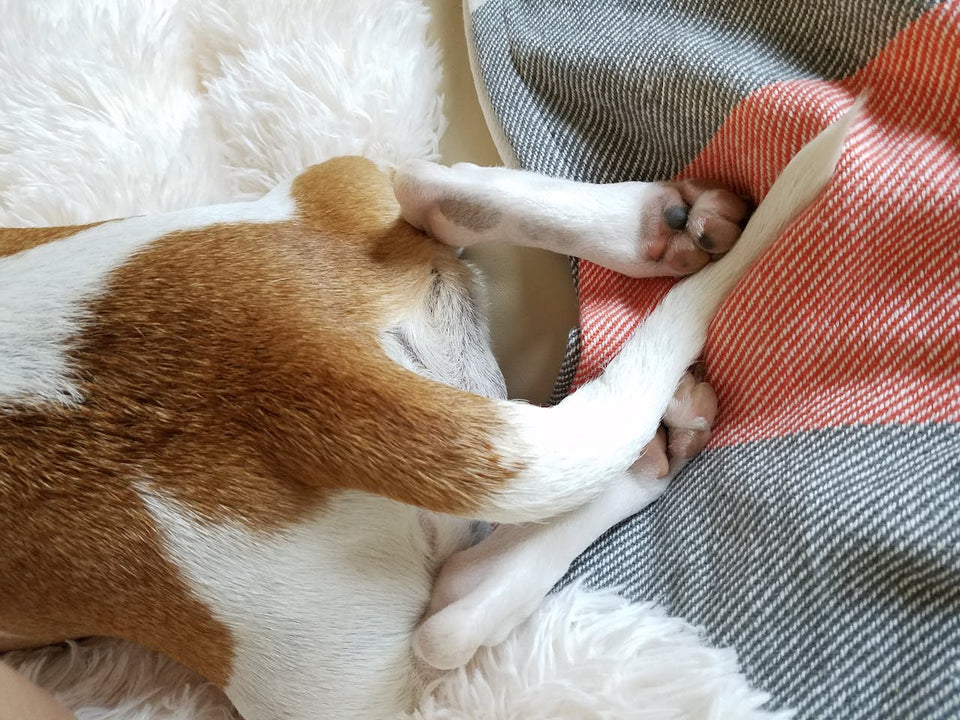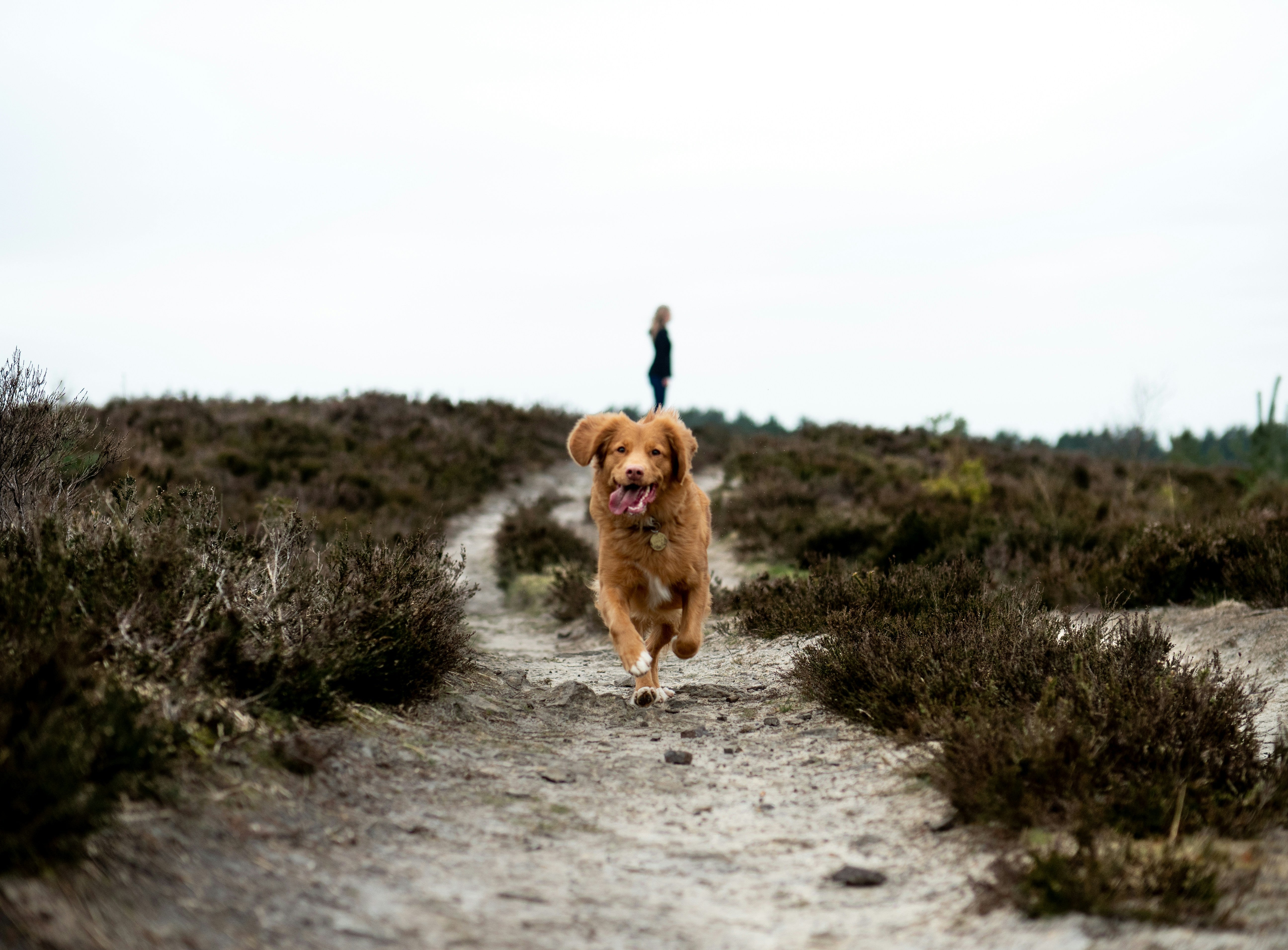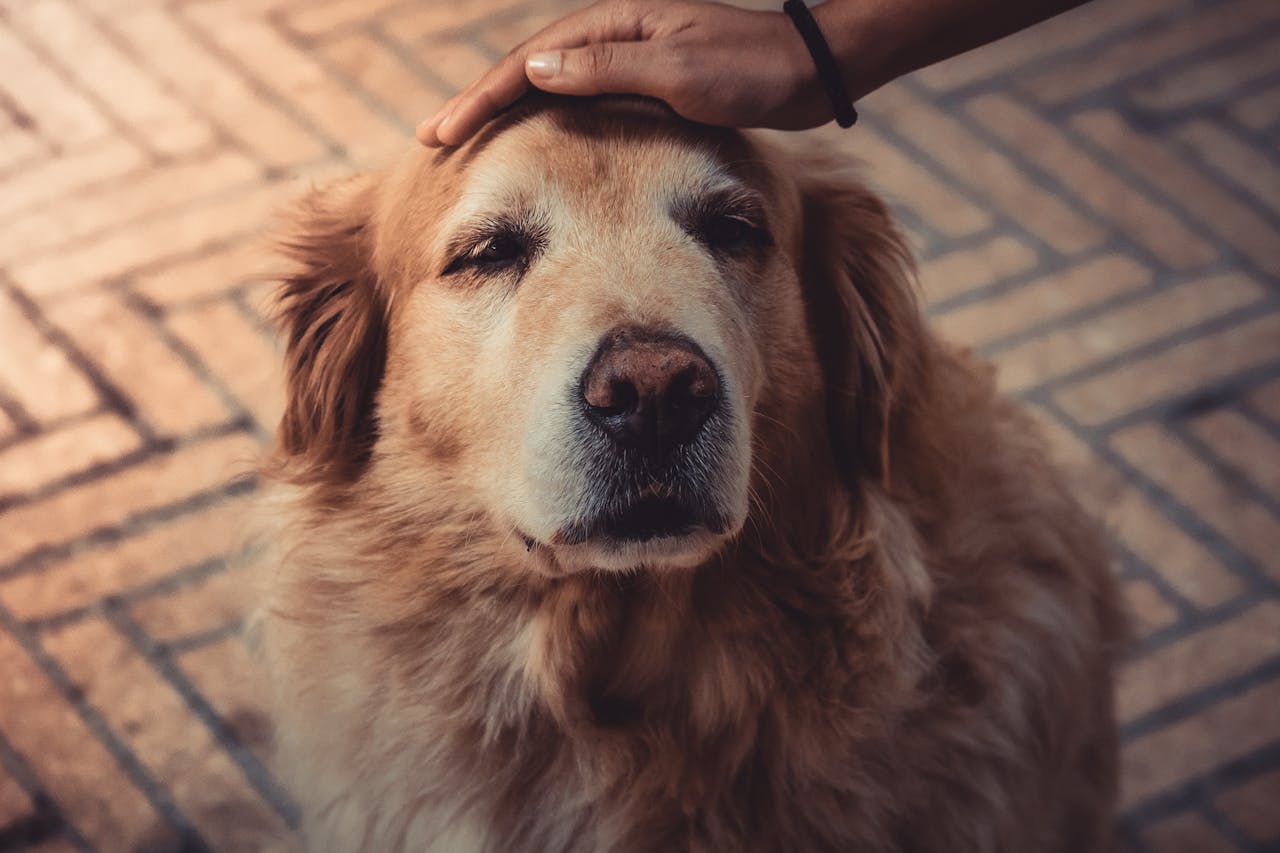
Exploring Why Your Dog's Tail Wags During Sleep

Every dog owner is familiar with the lively wag of their pet's tail during waking hours, a clear indicator of joy, excitement, or perhaps even a hint of curiosity. Yet, many have also observed the gentle flutter or twitch of their dog's tail while they're deep in slumber. These nocturnal tail movements, occurring in the seemingly peaceful realm of canine dreams, have puzzled and intrigued pet parents for ages. Are they chasing something in their dreams, or is there another physiological explanation behind these subtle nighttime twitches?
The movement of a dog's tail, whether awake or asleep, is a complex interplay of emotions, neural pathways, and sometimes, instinctual remnants from their wild ancestors. While a wagging tail during wakefulness is a more straightforward signal of their emotional state, the reasons behind tail movements during sleep are more intricate and fascinating. This article delves into the captivating world of canine sleep behaviors, particularly focusing on the mystery of those nocturnal tail wags. If you've ever been curious about what's going on in your dog's mind when their tail flicks during a nap, keep reading to unravel the tales behind the tails.
Why Do Dogs Wag Their Tails in Their Dreams?
The phenomenon of tail wagging in dogs, especially during their waking moments, is a well-documented and universally recognized behavior. This movement, typically seen when they're awake, is an evident reflection of their varying emotions, spanning from sheer joy to eager anticipation. When this tail wagging transpires during their sleep, however, the reasons tend to become layered and multi-dimensional. Dogs, in many ways akin to humans, traverse through different sleep stages, each replete with its own set of dream sequences.
These dreams could potentially be rooted in their past experiences, cherished memories, or they might even be spontaneous and abstract manifestations. One could hypothesize that a dog is recollecting a joyful day spent chasing balls in a park or vividly reliving a primal hunting scene, evoking enthusiastic tail wags. On the flip side, if the dream elicits sensations of anxiety or trepidation, the wagging might be a manifestation of that distress. Understanding that the realm of dreams for our canine companions is as vast and varied as our own offers profound insights into the dynamics of their nocturnal tail activities.
REM Sleep in Dogs

The REM or Rapid Eye Movement phase of sleep holds special significance in the context of dogs. It's typically around the 20-minute mark into their slumber that dogs tend to drift into this REM sleep. This phase is particularly marked by a surge in brain activity, eerily similar to their conscious state. Studies have observed that in the throes of REM sleep, dogs might exhibit a plethora of signs.
These range from the previously discussed tail wagging to twitching of the legs, and they might even vocalize their dreams through soft barks or whimpering. An especially captivating observation during this phase is the rapid darting of their eyes behind their closed lids, suggesting they might be engrossed in visualizing a dream scene. These multifarious signs not only underscore the depth of their sleep but also shed light on the heightened cerebral activity underway.
Want to give your pet a super fancy and comfy nap spot? Check out our amazing Waterproof Throw Blankets. They're designed to handle spills and keep your pet cozy.
What Other Signs Indicate a Dog’s Dream?
The motion of the tail is merely one among a myriad of signs suggesting that a dog is lost in a dream. On certain occasions, the dream might paint such a lucid picture that the dog could exhibit movements that mirror actions like running, or they might vocalize certain feelings with sounds akin to whines or muted barks. The challenge, however, lies in decoding these signs. While interpreting a wagging tail during their awake state is relatively intuitive, attributing a distinct emotion to a nocturnal tail wag or a muffled sound is far from simple. That said, many experts, including those at VCA Animal Hospital, have suggested that the majority of the dreams dogs experience are not tinged with negativity. Thus, these nocturnal expressions are generally seen as normal segments of their comprehensive sleep patterns.
Why REM Sleep Is Important for Your Dog
The role of REM sleep in dogs cannot be understated. This particular stage is integral for their cognitive health, playing a potential part in aspects like learning and fortifying memories. Observing your furry friend, with its tail aflutter or limbs jerking mildly in sleep, offers a window into the intense cerebral activity unfolding within. These movements and sounds, triggered by dreams, might be the brain's unique method of assimilating and processing a gamut of emotions and past experiences. And while, as pet owners, the instinct might be to awaken a seemingly agitated dreaming dog, it's pivotal to let them be. Dreams, irrespective of their content, are instrumental in aiding emotional catharsis, thereby being indispensable for a dog's emotional equilibrium.
How to Help Your Dog Sleep Better
Facilitating a peaceful and rejuvenating sleep for your dog is tantamount to ensuring their holistic well-being. There's a slew of measures one can employ to enhance their sleep quality. A pre-bedtime walk, for instance, can serve a dual purpose. It allows them to burn off residual energy and simultaneously ushers in a tranquil ambiance conducive to sleep. Cultivating a consistent routine, where your dog patiently awaits your signal to retire for the night, can help in demarcating distinct periods for rest and play. Ambient sounds, be it the gentle strains of calming music or the consistent hum of white noise, might work wonders in mollifying them and drowning out potential disturbances. Furthermore, the introduction of certain supplements or comforting chew toys could potentially ease their transition into a serene slumber, ensuring that each sleeping session is truly revitalizing.
Related Link: Why Do Dogs Like Belly Rubs So Much?
Understanding Canine Dream Dynamics

As we journeyed through the fascinating realm of canine sleep behaviors, it became evident that dogs, much like humans, have a rich tapestry of dreams, emotions, and neural activities interwoven into their slumber. The twitching, wagging, and soft sounds that emanate from our four-legged friends during their REM cycles not only captivate our curiosity but deepen our bond with them.
For those eager to provide their pets with the ultimate sleep experience, consider exploring Paw.com. Every product, from high-quality dog beds designed with home decor aesthetics in mind to other pet essentials, is an in-house original, curated meticulously by a team of devoted pet enthusiasts. And rest assured, each product has earned its paw of approval after rigorous testing by both dogs and their human counterparts. Jump into the world of Paw.com and let your dog dream in unparalleled comfort.
Related Link: Why Do Dogs Whine and What Does It Mean?
Share this article
written by


